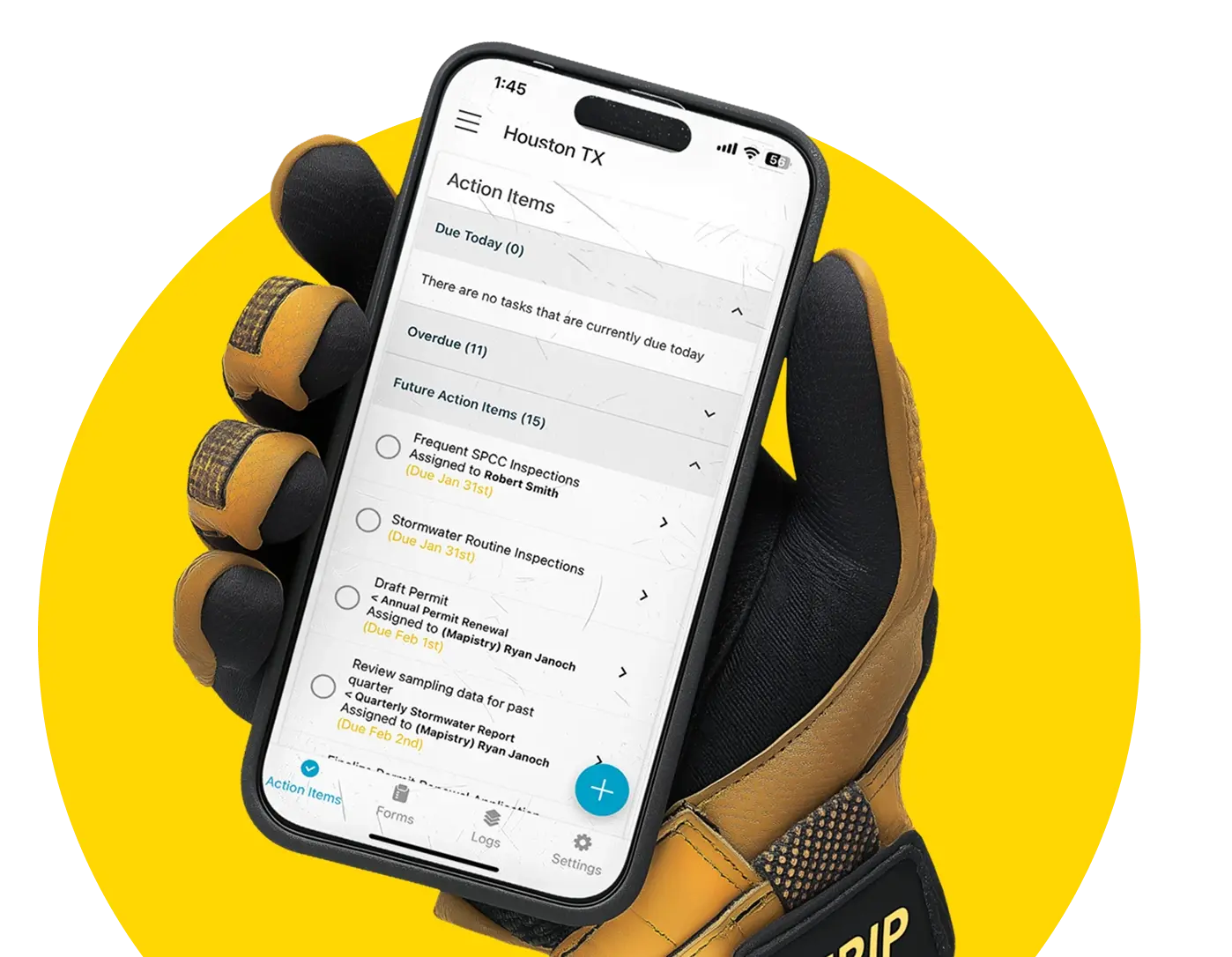How to make the case for environmental software
Struggling to get leadership onboard with environmental software? Learn how to put a dollar amount to the opportunity and make your case crystal clear.

We encounter the following scenario almost weekly.
A company’s environmental team books a call to learn more about our environmental software. The call goes great, and everyone sees the value.
But next, they need buy-in from leadership. And things take a turn for the worse.
You've probably heard these kinds of responses:
“Why do we need software? Isn't this what I hired you for?”
“We already have EHS software—why add another?”
“Let’s revisit this next year.”
In this article, we want to equip you with the tools and strategies to get buy-in, so you've got the right tools to excel in your role.
Step 1: Speak their language: dollars and cents
Let’s face it. Company leadership sees environmental compliance as a cost center. Whether or not you agree, the quickest way to getting on the same page is to speak dollars and cents.
What’s the financial value of implementing software?
We’ve created two tools to help you do this:
- The Environmental Compliance Cost Calculator: This tool calculates how much you’re currently spending on compliance, and how much software would shave off.
- The EPA Penalty Explorer: With the explorer, you can find your industry’s average EPA penalty and quantify the value of a reliable system.
Let’s take a closer look at how you can put these tools to work.
Step 2: Put a number on time savings

Enter your data into Mapistry’s cost calculator. In a few minutes, you should have a good idea of how much you're currently spending on compliance, and how much it would be with software.
Typically, the biggest time savings are:
- Collecting environmental data directly from your systems (instead of entering & managing data in spreadsheets)
- Automating reminders, follow-up emails, and corrective action tracking
- Digitizing inspections and record keeping
How you frame the cost savings is up to you.
- If you want to be direct, simply say how much cheaper it would be to automate part of your job using software. Chances are you won't be seen as replaceable by software, but as someone who's looking out for the company's best interests.
- For a more careful approach, you could suggest using software to add capacity to the team – without adding six-figure salaries. This can be a great approach for companies expanding their production.
We’re not going to stop here. There’s a second component with a massive potential financial impact: EPA, state or local agency penalties.
Step 3: Quantify the risk of penalties

EPA, state and local penalties are scary. But if you want to make the case for a more reliable system, you need to quantify the risk of getting fined.
To help you do that, we’ve developed the Environmental Penalty Explorer. After selecting your industry, you’ll see your average penalty, and how they’ve changed over time.
If you want to provide an example of how software reduces the risk of getting fined, this case study is a great asset.
Step 4: Put it all together
Now that you’ve got the data, you’re ready to make the case for implementing software.
Try to set the stage from the beginning. Instead of starting with,
“I’d like to talk to you about buying environmental software”
shoot for,
“I found a solution that could help us reduce environmental spend by 30% and also help us prevent fines. Would you be open to meeting with them together?”
We'll also be transparent during these discussions if software isn't a good investment. As a general rule, the more complex your permits (e.g., Title V, large quantity generator) and the more facilities you operate, the higher the ROI of software will be.
If you need help getting to the answer, we’re here to help.



%201%20(2).png)
.png)
.svg)
